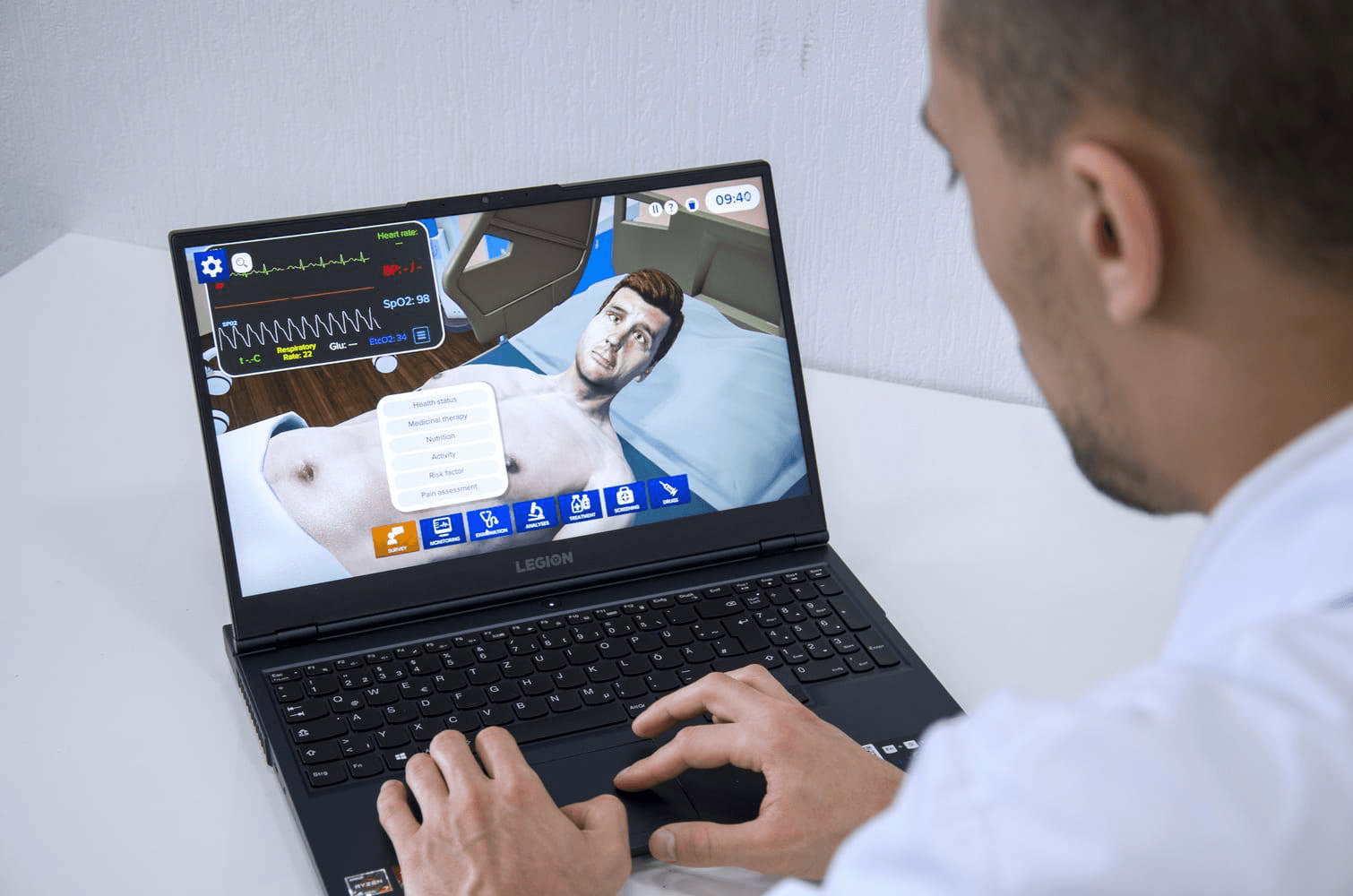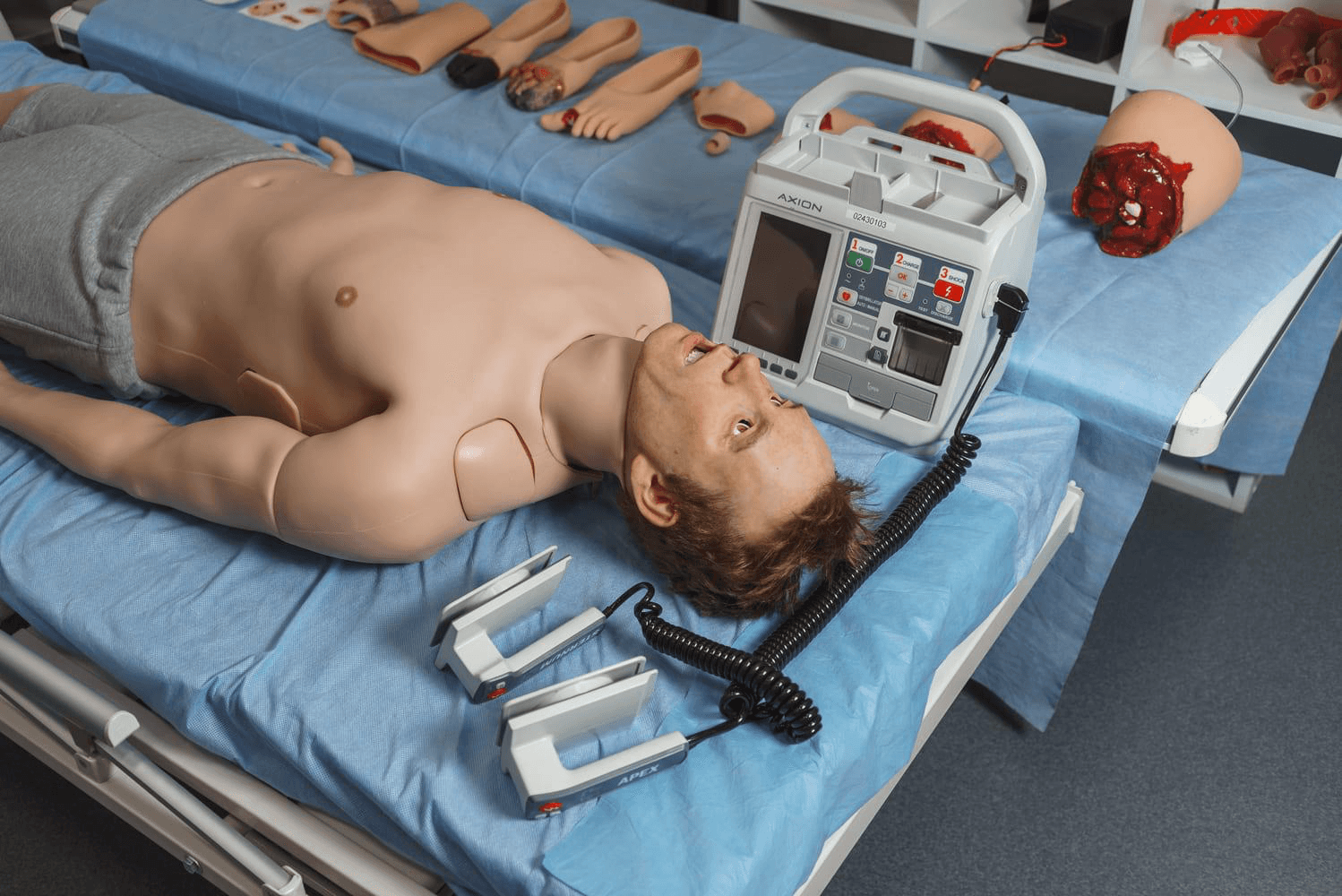
What Is Nursing Training: A Comprehensive Insight into Modern Nursing Education
What Is Nursing Training and Why Is It Vital?
What is nursing training? At its core, nursing training is a structured educational process designed to equip future nurses with the necessary theoretical knowledge, practical skills, and critical judgement to deliver competent patient care. It encompasses everything from anatomy to clinical decision-making, ensuring students develop into proficient healthcare professionals.
The training process involves immersive learning methods tailored to mirror real healthcare environments, combining lectures, hands-on practice, and simulation-based exercises. This holistic approach to nursing education fosters not only technical proficiency but also the empathy and communication skills indispensable for patient interaction.
In contemporary nursing training, emphasis on technological integration is paramount. Tools such as digital anatomy tables enhance spatial understanding of complex human systems, surpassing traditional textbooks by providing interactive, 3D explorations. These resources deepen comprehension and retention, critical for the intricate work nurses undertake daily.

How Does Nursing Training Blend Theory and Practice?
Modern nursing training deftly balances academic rigor with practical application. While foundational courses lay the groundwork of biological sciences and pharmacology, students simultaneously engage in clinical rotations and simulated environments.
The incorporation of simulation technology in training introduces a transformative dimension. For instance, sophisticated ultrasound simulators replicate sonographic imaging, allowing learners to practice and interpret scans in a controlled setting. This exposure demystifies complex diagnostics and prepares students for real patient encounters with confidence.
Moreover, advanced virtual assistants support nursing students by providing real-time feedback during simulated clinical scenarios. Such innovations cultivate critical thinking and adaptability, essential traits for effective nursing practice.
What Innovative Tools Are Enhancing Nursing Training?
Innovation within nursing training is marked by the seamless integration of high-fidelity simulation devices. These technologies replicate human physiology and clinical situations with startling accuracy, enabling learners to engage deeply with their curriculum.
Among these, interactive anatomy tables stand out as invaluable educational aids. They allow tactile and visual exploration of anatomical structures, which is crucial for mastering human biology. Similarly, sonographic simulation systems empower students to develop diagnostic skills without the pressure of real-life consequences.
Other sophisticated tools emulate clinical environments, where nursing students can rehearse patient care, monitor vital signs, and manage emergencies. These immersive platforms not only hone technical skills but also foster decision-making under pressure.
Why Is Continuous Training Crucial for Nursing Professionals?
The dynamic nature of healthcare demands lifelong learning, making ongoing training a cornerstone of nursing. As medical knowledge evolves and new technologies emerge, nurses must adapt to maintain excellence in patient care.
Continuous professional development incorporates advanced simulation tools that replicate emerging medical challenges. By engaging with these platforms, practicing nurses refresh and expand their competencies, ensuring readiness for any clinical scenario.
Thus, nursing training extends beyond initial education, becoming a perpetual journey that nurtures expertise and resilience in a demanding profession.

How Does Technology Influence Nursing Training?
In contemporary nursing training, technology acts as a catalyst that revolutionizes the way students absorb and apply medical knowledge. Gone are the days when learning was confined solely to textbooks and lectures. Today’s training environments incorporate advanced digital tools that simulate clinical realities, creating a more dynamic and engaging learning experience.
One pivotal innovation is the use of digital anatomy tables, which transcend static images by offering interactive, multi-layered views of the human body. This enables students to explore anatomical details with precision and clarity, reinforcing their understanding in a tactile, visual manner. Such tools empower learners to visualize complex bodily systems, essential for effective nursing practice.
Additionally, sonographic simulation technologies provide hands-on experience interpreting ultrasound images without exposing patients to unnecessary procedures. This subtle integration of sophisticated equipment into the training process allows students to refine diagnostic abilities under expert guidance, bridging the gap between theory and clinical reality.
What Are the Core Components of Effective Nursing Training?
Successful nursing training programs integrate multiple components that build comprehensive expertise:
- Theoretical Foundations: In-depth study of anatomy, physiology, pharmacology, and ethics underpin all practical learning.
- Clinical Practice: Direct patient care experiences during hospital rotations hone real-world skills.
- Simulation-Based Learning: Use of immersive technologies for practicing emergency responses, diagnostics, and patient interaction.
- Reflective Practice: Encouraging self-assessment and critical thinking to improve clinical judgement.
- Interprofessional Collaboration: Training that fosters teamwork across healthcare disciplines.
Each element is carefully interwoven to ensure students develop into well-rounded professionals, capable of delivering compassionate and precise care.
How Do Innovative Tools Assist in Nursing Student Preparation?
The journey from novice to skilled nurse is arduous, but modern innovations ease this path significantly. For example, interactive platforms that simulate patient monitoring scenarios allow students to track vital signs and react to clinical changes in real-time, building confidence and responsiveness.
Moreover, virtual assistants embedded within training simulations provide tailored feedback, guiding learners through clinical decision-making processes. These tools facilitate personalized education, helping students identify and address knowledge gaps effectively.
This blend of technological sophistication and educational strategy exemplifies how contemporary nursing training embraces innovation, preparing students for the multifaceted demands of healthcare environments.

How Simulation Shapes the Future of Nursing Training
In conclusion, simulation-based training has firmly established itself as an indispensable pillar in nursing education. By creating lifelike clinical environments, it allows students to engage deeply with practical skills without the fear of real-world consequences. From exploring human anatomy on interactive tables to practicing ultrasound diagnostics and enacting complex patient scenarios, simulation provides a holistic learning experience.
This immersive training cultivates not only theoretical understanding but also sharpens the hands-on abilities and emotional intelligence vital for delivering compassionate, patient-focused care. Moreover, it instills resilience by encouraging students to learn from mistakes and develop effective recovery strategies—crucial competencies for managing unforeseen challenges in clinical practice.
Ultimately, the integration of advanced simulation technologies signifies a transformative step forward, preparing the next generation of nurses to meet the evolving demands of healthcare with confidence and competence.
Immerse yourself in a demo to see how MedVision transforms traditional learning into an engaging, interactive experience
Subscribe for the Latest News!





